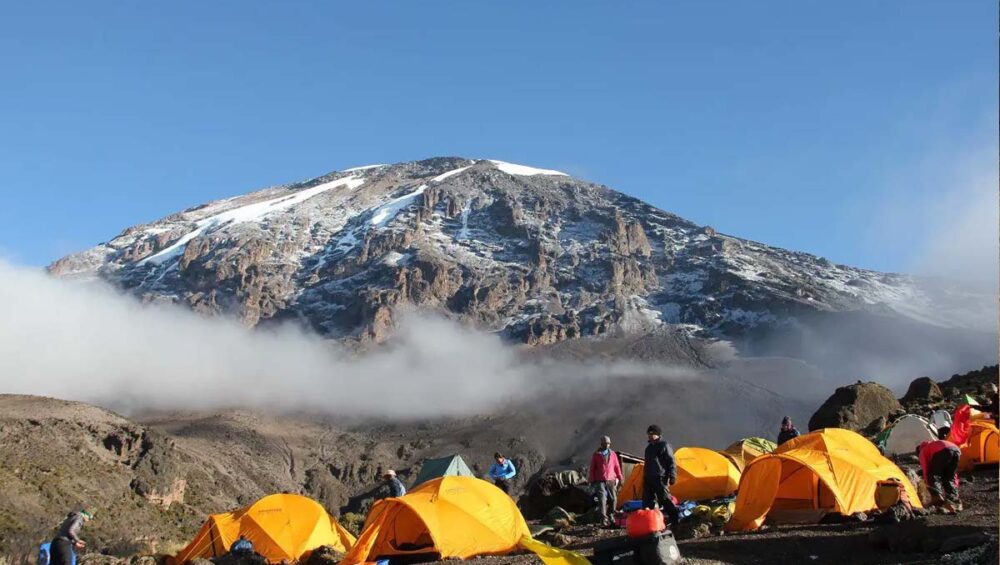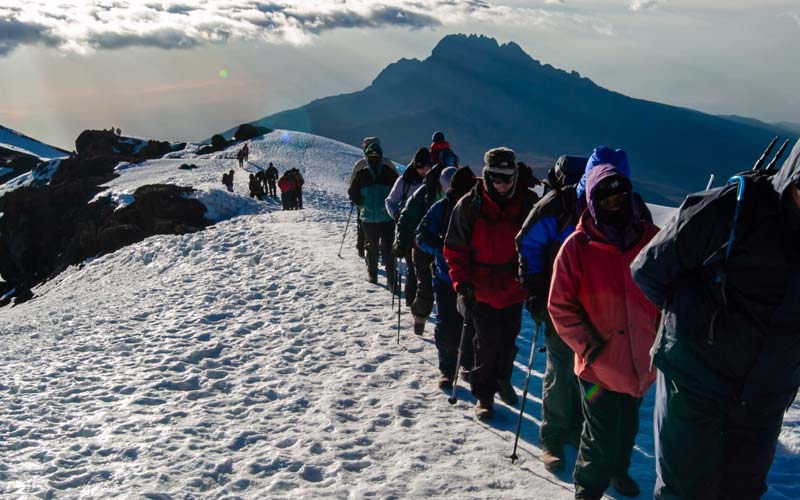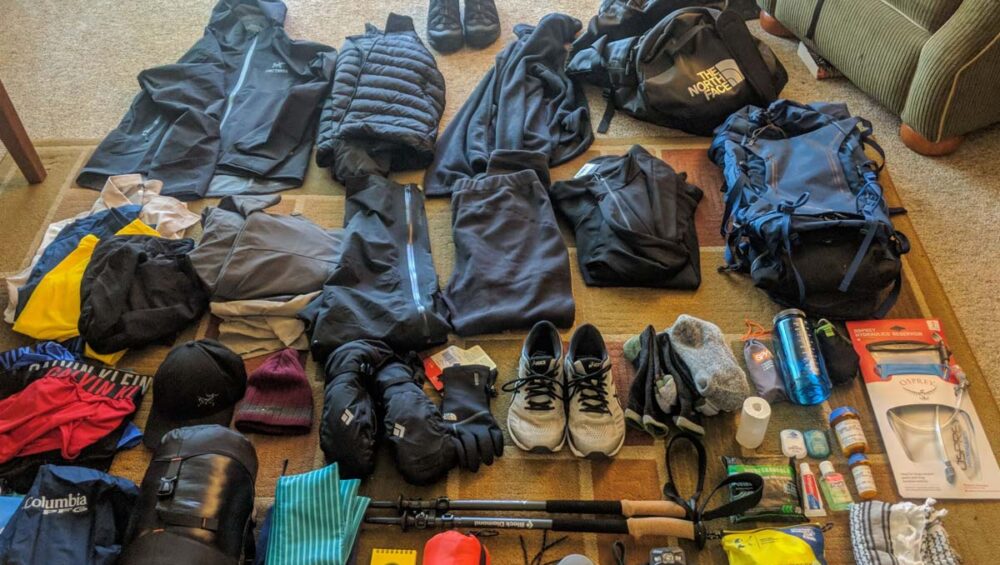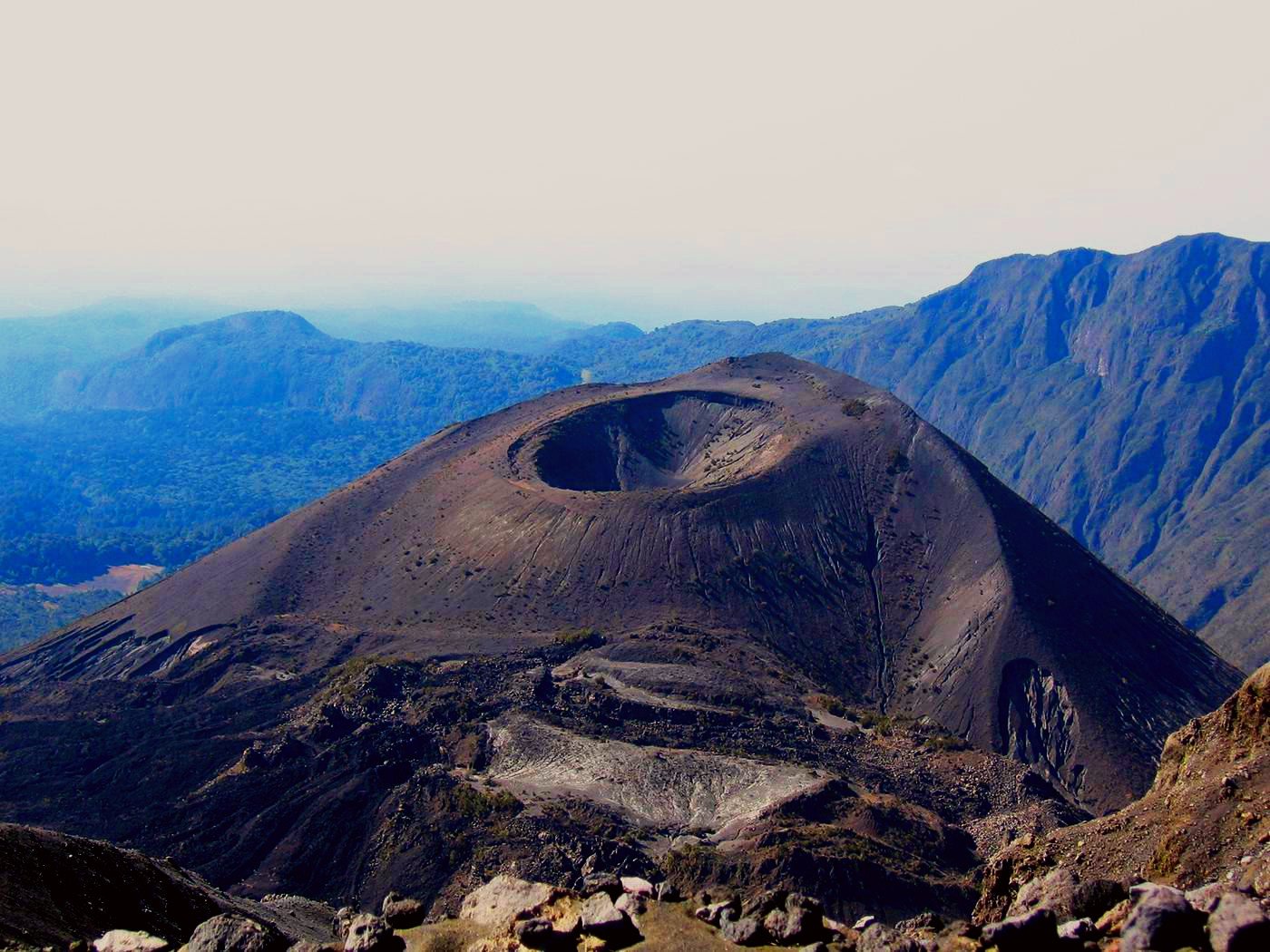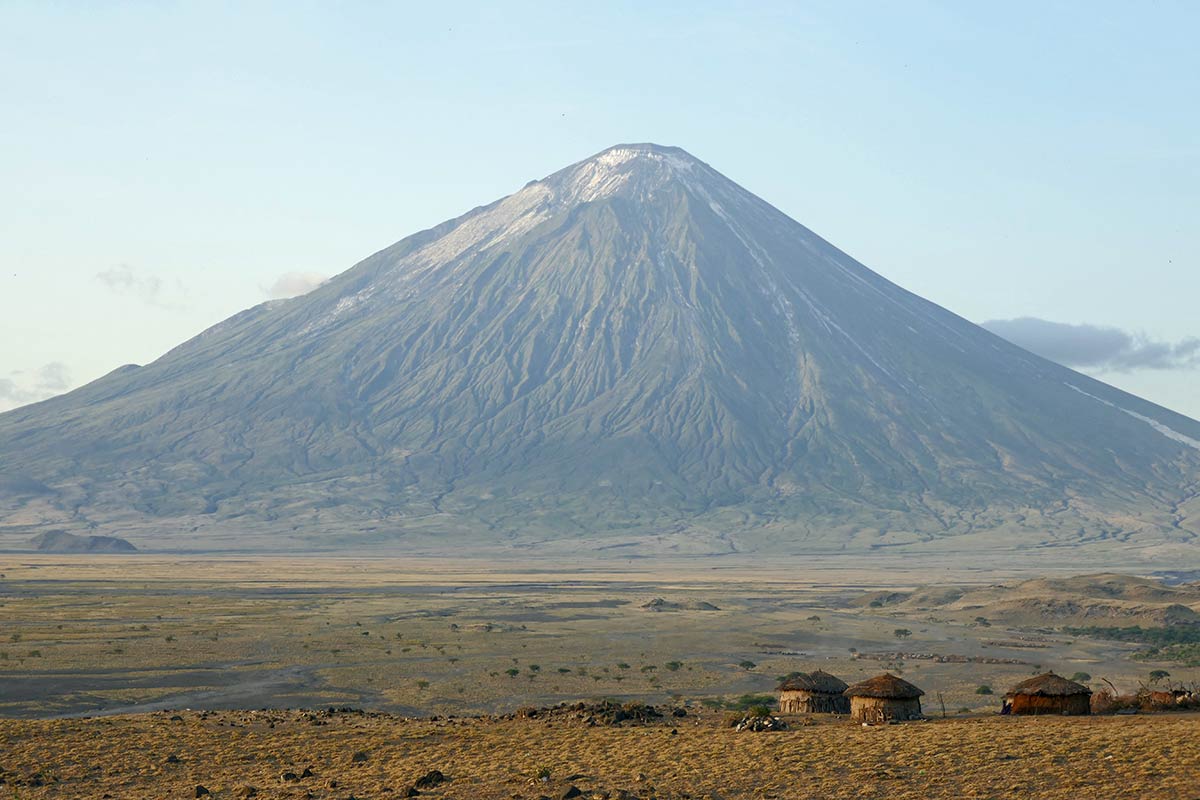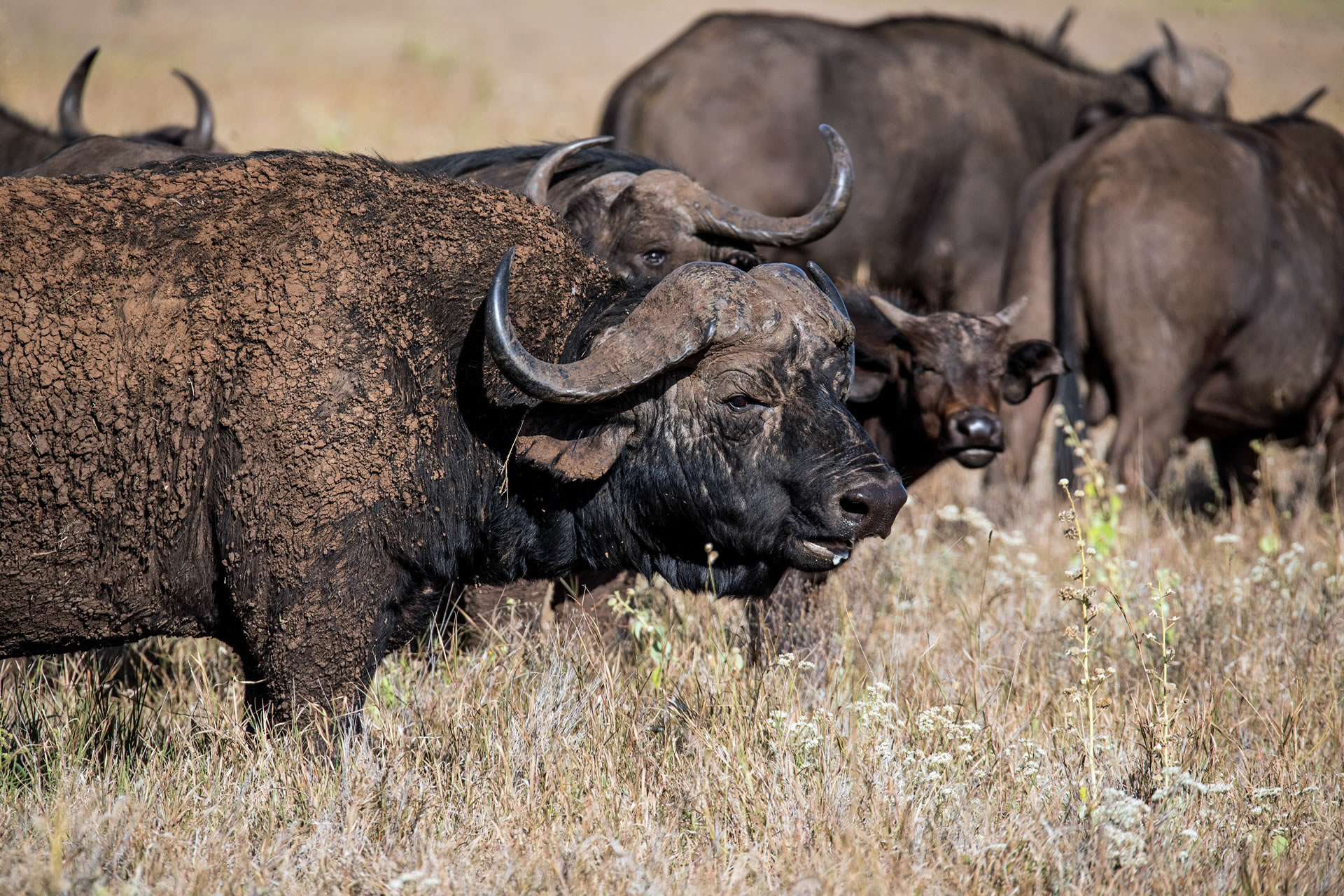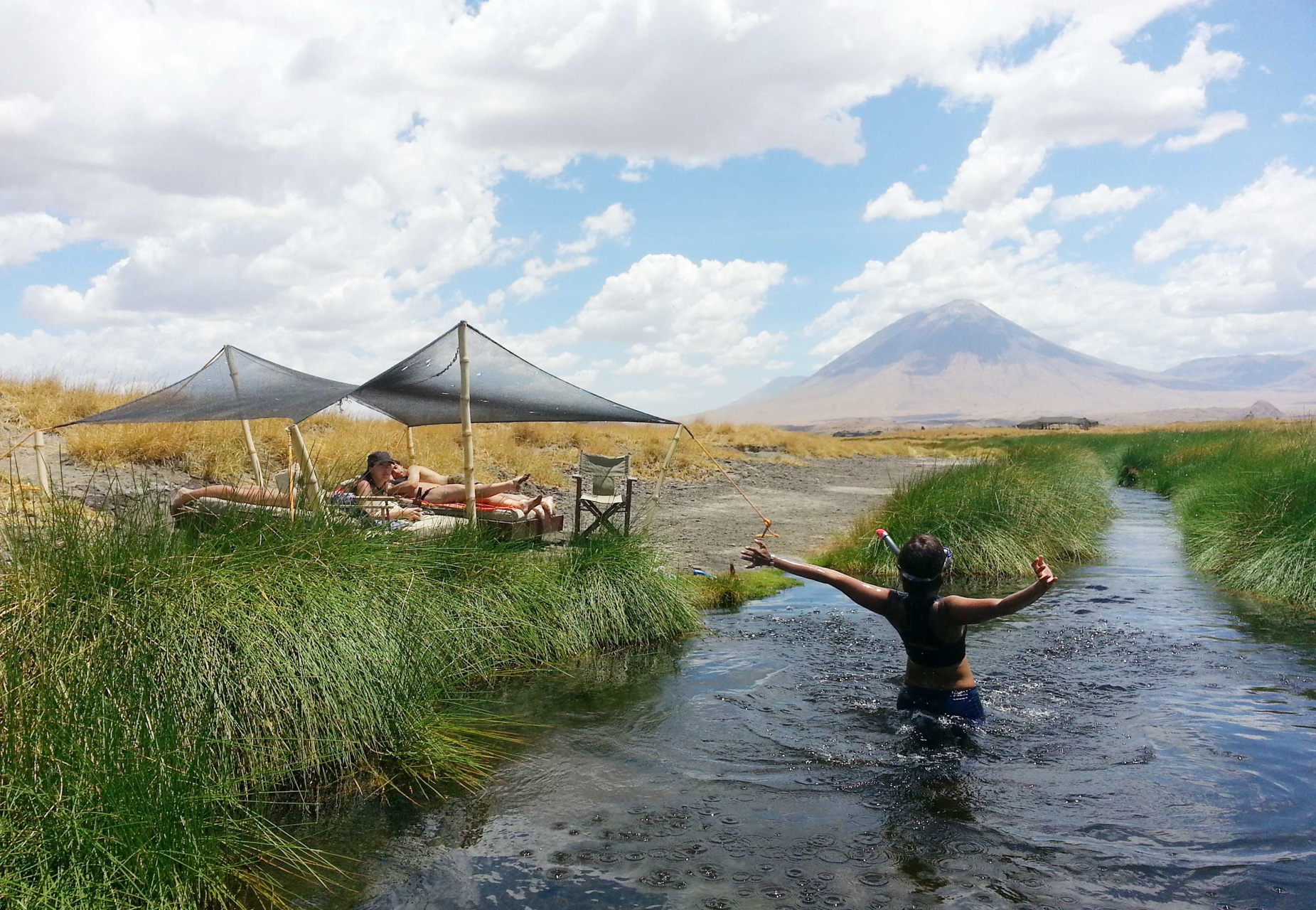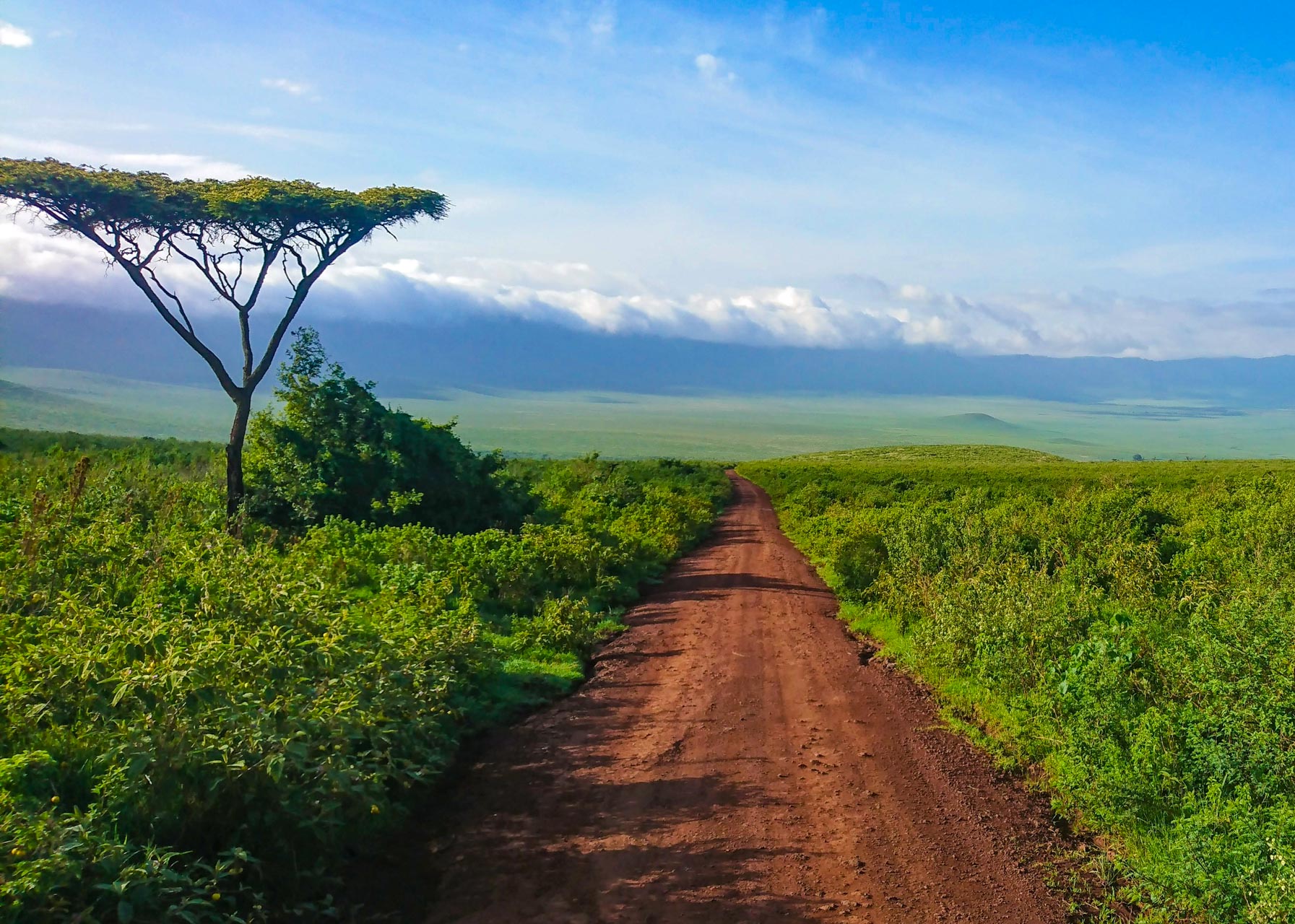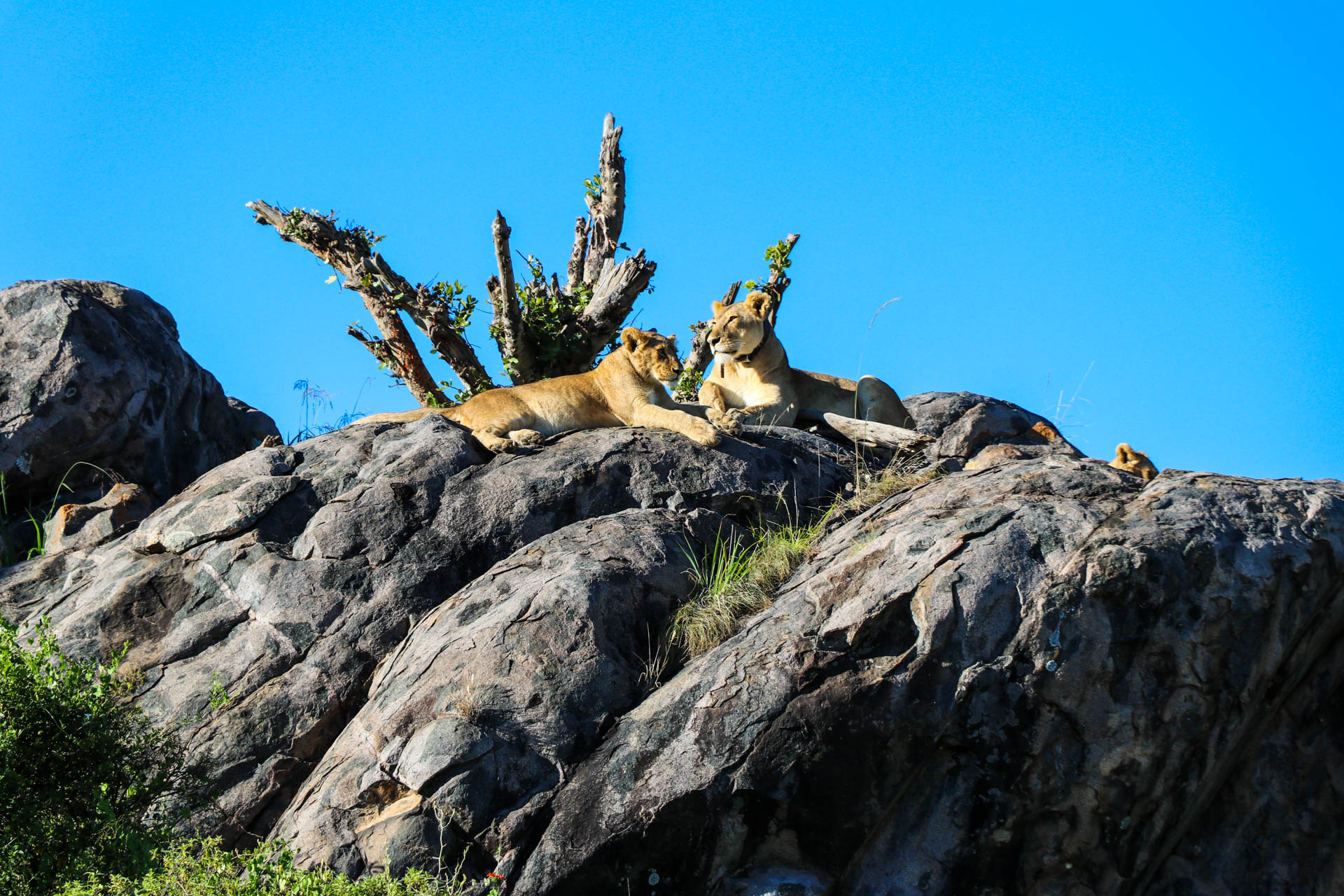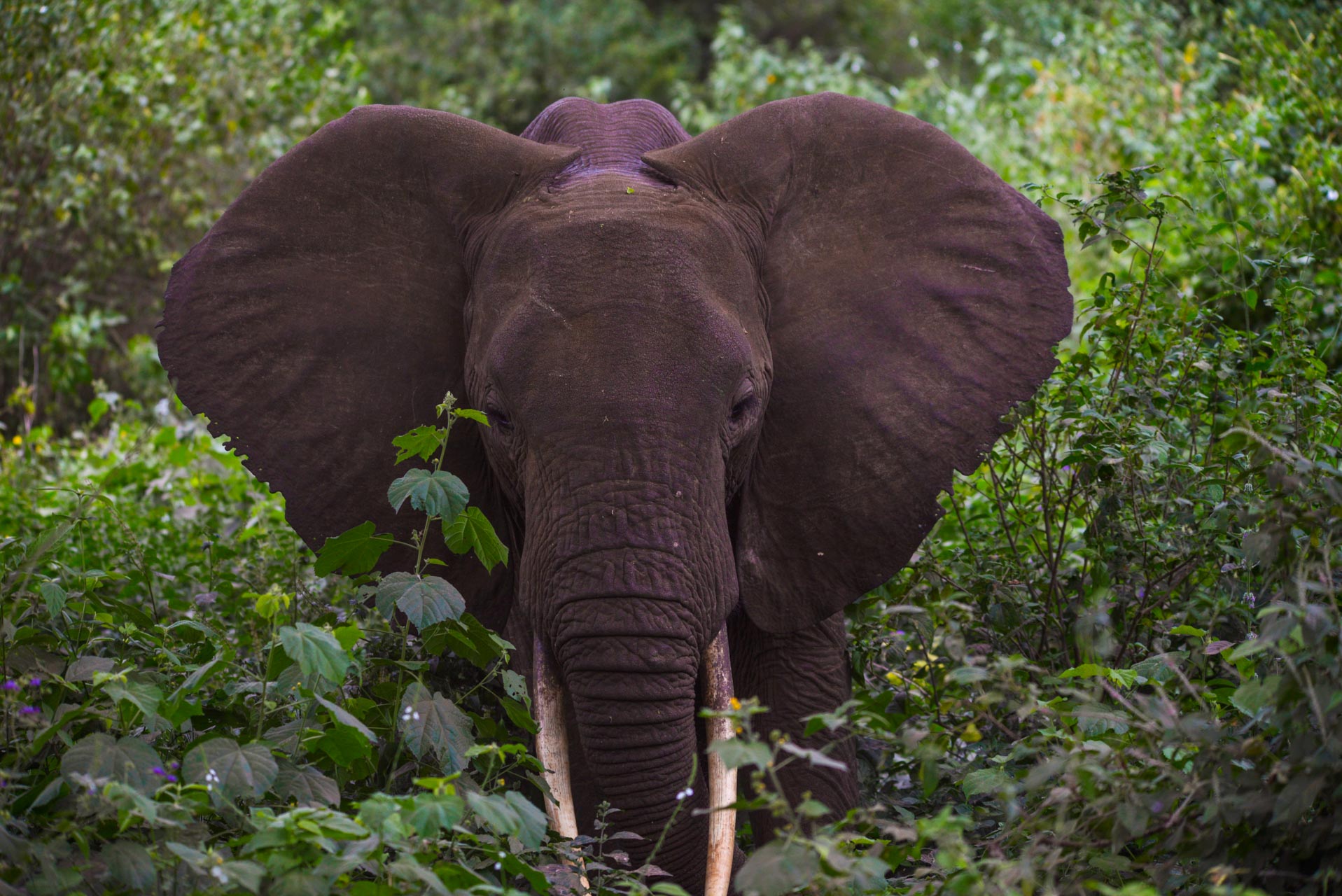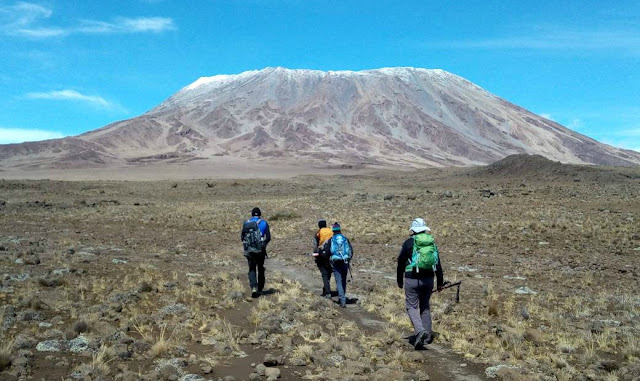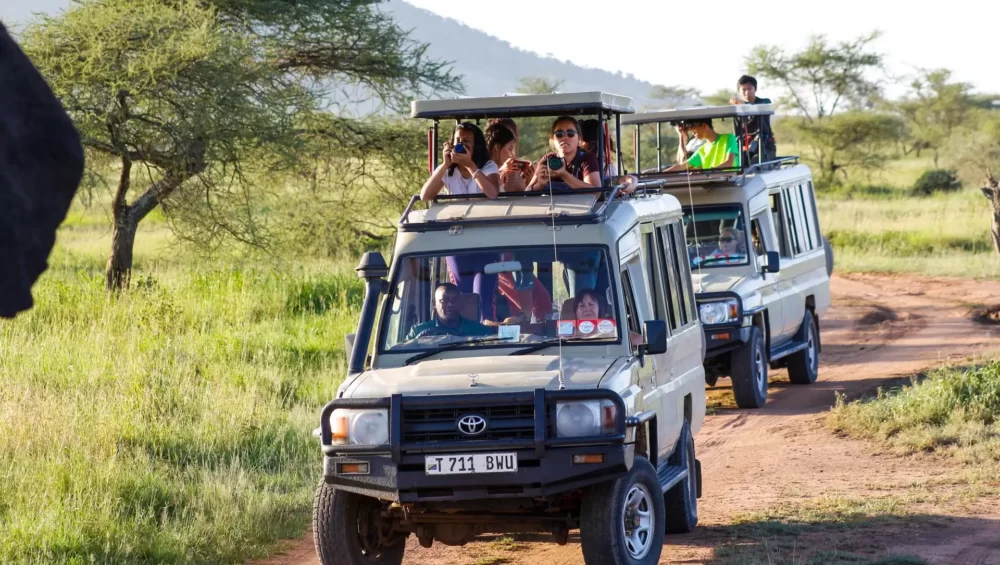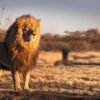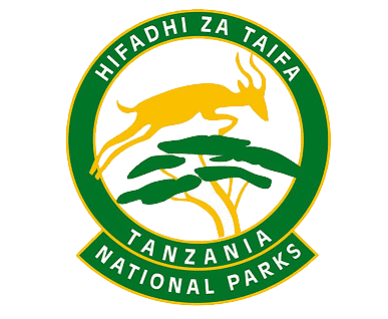What To Expect On A Tanzania Safari
A safari to Tanzania
Africa captivates with its enchanting allure – where sunsets paint the sky with hues so mesmerizing that time seems to pause, where remote corners unveil the dazzling spectacle of starlit skies that leave you breathless, and where encounters with nature redefine your perspective on the world. Embarking on a wildlife safari stands as the pinnacle of experiencing Africa’s untamed beauty. It’s an immersive journey that brings you face-to-face with wild creatures in their natural realm, all the while contributing to vital conservation endeavors aimed at safeguarding precious habitats within protected areas and national parks.

What sets a safari apart from a typical vacation?
The word ‘safari,’ derived from Swahili, evokes a sense of adventure and exploration, embodying the spirit of journeying in East Africa. In Tanzania, this spirit finds its ultimate expression amidst vast savannas, dense forests, and breathtaking landscapes. Tanzania emerges as the unrivaled gem of safari destinations in Africa, boasting an impressive array of natural wonders. From the expansive plains of the Serengeti to the majestic heights of Mount Kilimanjaro, this East African nation beckons travelers with its unparalleled biodiversity and awe-inspiring beauty. At the heart of Tanzania’s allure lies its extraordinary national parks, revered as sanctuaries for some of the world’s most iconic wildlife species. The Serengeti National Park, with its legendary Great Migration and diverse ecosystems, stands as a testament to nature’s grandeur. It’s no wonder that this iconic park has consistently clinched the title of ‘Best Safari Destination’ across the continent, drawing adventurers and nature enthusiasts from around the globe. But beyond accolades and accolades, a Tanzanian safari embodies a profound connection to the land and its people. It’s a journey steeped in history and tradition, where every game drive and wilderness encounter carries the weight of centuries-old narratives. Here, the rhythms of nature dictate the pace of life, offering a glimpse into a world untouched by time. While other destinations may offer wildlife excursions marketed as ‘safaris,’ they pale in comparison to the authentic experience found in Tanzania. Here, the word ‘safari’ isn’t just a label—it’s a living legacy, deeply ingrained in the cultural fabric of the region. So, what sets a safari apart from a typical vacation? It’s more than just a journey—it’s a soul-stirring odyssey through the heart of Africa, where every moment is infused with wonder, every sighting a testament to the enduring beauty of the wild.More reasons to choose Tanzania for your safari
Tanzania offers a myriad of reasons to choose it as your safari destination:- Experience the awe-inspiring Great Wildebeest Migration, the second-largest animal migration globally, spanning nine months in Tanzania’s Serengeti National Park.
- Combine your safari adventure with the challenge of summiting Mount Kilimanjaro, Africa’s highest peak, uniquely available in Tanzania.
- Discover the rare Tanzanite gemstone, found exclusively in Tanzania, adding a touch of luxury to your journey.
- Encounter unparalleled wildlife diversity, boasting the highest population density of animals in Africa. From majestic elephants to endangered black rhinos in sanctuaries, Tanzania is a haven for wildlife enthusiasts.
- Despite slightly higher park fees, Tanzania offers an unparalleled safari experience, ensuring unforgettable memories amidst pristine natural beauty.
What does a safari in Tanzania National Park entail?
Embark on an unforgettable African safari, guided by seasoned professionals, as you delve into designated protected areas teeming with wildlife. Your experienced driver-guide will not only navigate the terrain but also enlighten you about the surrounding environment and its inhabitants, offering ample opportunities for breathtaking photography. Venture beyond the confines of your vehicle in select locations, such as Arusha National Park, for an immersive ‘walking safari’ experience, or indulge in a thrilling ‘Tree Top Walk’ in Manyara National Park. These eco-friendly excursions allow you to observe wildlife up close while ensuring both environmental sustainability and your safety. As the day draws to a close, retreat to the comfort of your lodge or camp, where you’ll be treated to the spectacle of an African sunset. Relish in the flavors of a sumptuous meal as you reflect upon the adventures of the day, creating memories to last a lifetime.Game drive
Safaris typically entail extensive game drives, spanning from 6 to 8 hours, during which guests remain within safari vehicles for animal viewing. This is particularly true in parks where exiting the vehicle is restricted to designated areas. Some guests choose to embark on sunrise game drives, setting out early in the morning in pursuit of elusive creatures like cheetahs. Returning to the lodge or hotel earlier in the day allows for leisure activities such as swimming or hiking before evening sets in. There’s no obligation to remain in the park until closing time; national parks typically operate from 6 am to 6 pm, affording visitors the flexibility to come and go at their leisure within these hours. However, extended game driving isn’t compulsory. Many accommodations are strategically positioned within or near national parks, offering guests the opportunity to luxuriate in award-winning properties throughout the day. Waterholes adjacent to lodges attract wildlife directly to their terraces, providing an immersive safari experience without venturing far from your abode.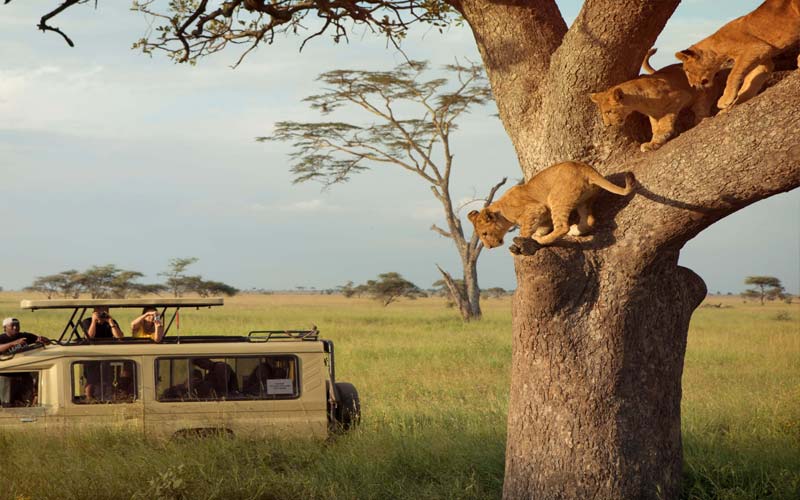

What are the distinguishing features that make a safari experience in Tanzania uniquely special?
Creatures/Animals
Tanzania boasts the most diverse array of wildlife on the African continent, solidifying its position as the premier destination for an unparalleled wildlife safari experience.

Environment
Tanzania stands out within Africa as a pioneer in dedicating expansive land areas to conservation and wildlife protection, with over a quarter (25%) of the nation designated as national parks or official conservation areas. This commitment translates into vast stretches of pristine wilderness, where nature reigns supreme. From the iconic Great Migration, where millions of wildebeests brave the Grumeti River’s crocodiles and predators, to the sweeping savannahs where lions maintain their royal status and majestic elephants command respect, Tanzania offers unparalleled opportunities to witness nature in its purest form, far removed from human habitation. Renowned among photographers of all levels, Tanzania is enticed with its stunning natural vistas and captivating wildlife encounters. Whether capturing the expansive African plains stretching into the horizon, the intricate craftsmanship of weaver birds constructing nests in thorny acacia trees, or the grace and power of Africa’s iconic big cats like cheetahs and serval cats prowling through dry grasslands, the photographic opportunities are endless. Even without top-of-the-line equipment, the vibrant scenery and active wildlife ensure that every photo taken on a Tanzanian safari is a masterpiece in itself.

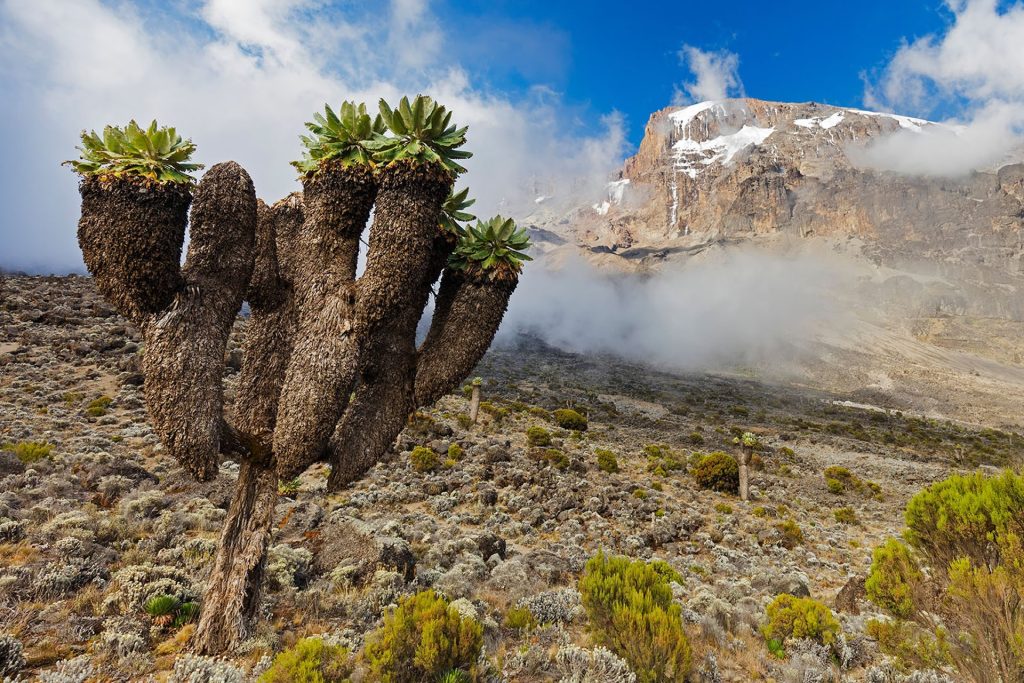




Kilimanjaro Climb
Book Hiking tours to Mount Kilimanjaro, The Roof of Africa, Best Prices Guarantee!
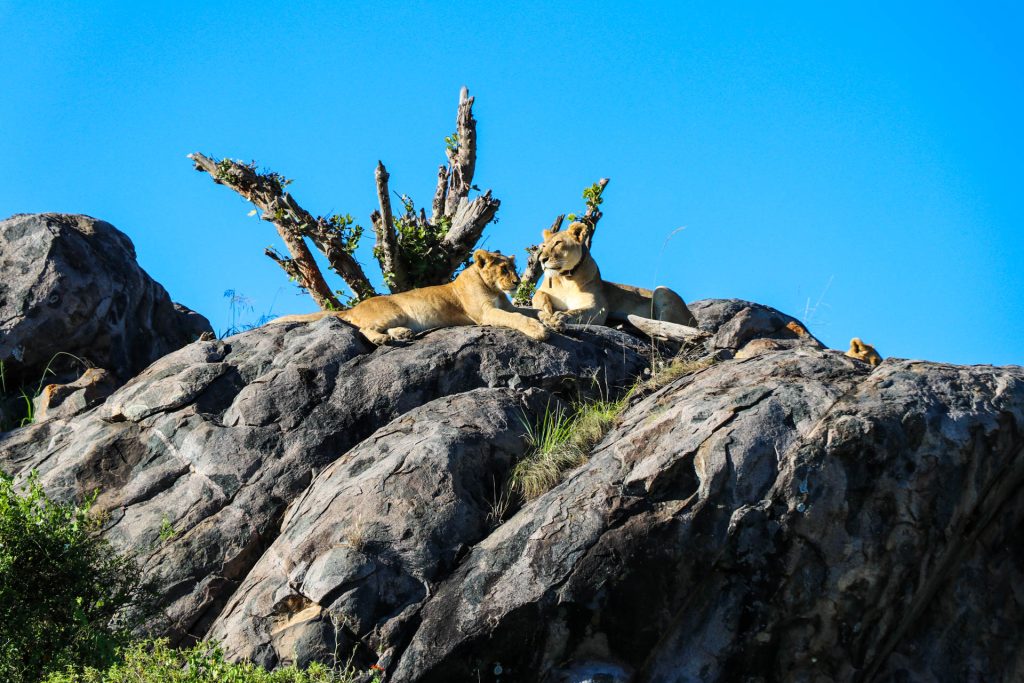




Tanzania Safari Vacations
Explore our Unforgettable Tanzania Budget, Mid-Range & Luxury Wildlife Safari.
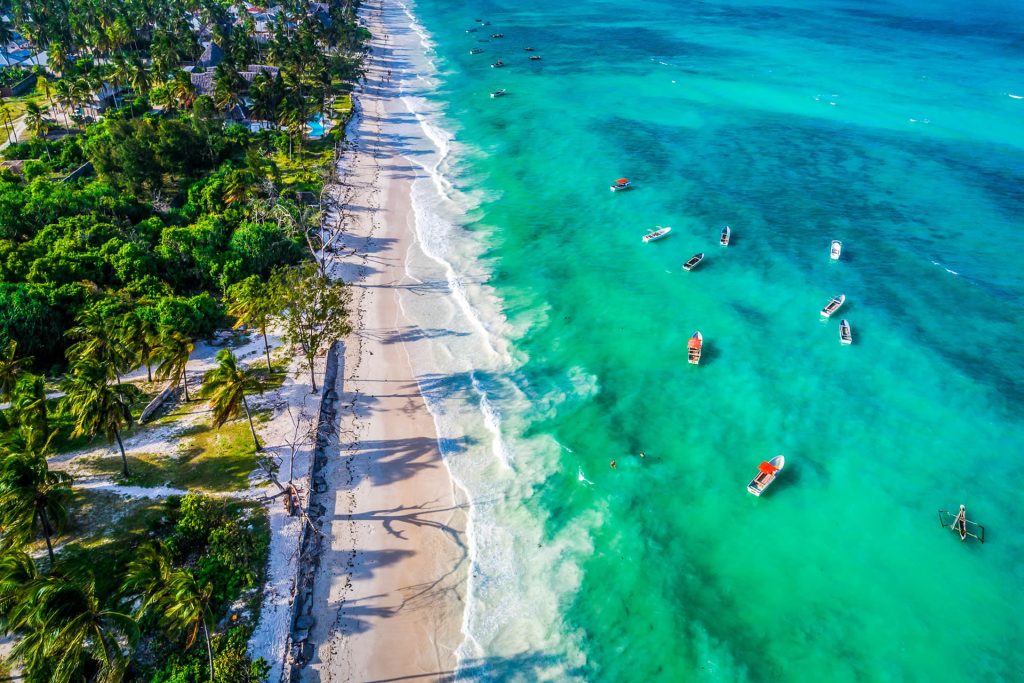




Beach Excursions
Visit Zanzibar Island and Coastal Tanzania for beach tours before and after a climb or safari.
ABOUT BOKER ADVENTURE…
Boker Adventure is a Tanzania Tours company located in Moshi town along the slope of Mount Kilimanjaro committed to offering local experiences such as Mount Kilimanjaro climbing experiences, Tanzania Wildlife Safari Experiences, Tanzania cultural tourism, bike tours, honeymoon, Air Ticketing and beach holidays. At Boker Adventures, we offer you a unique and comprehensive selection of Tanzania Private tours that are tailor made to suit your schedule and budget.
Please give us an opportunity to organize your African dream holiday!.


